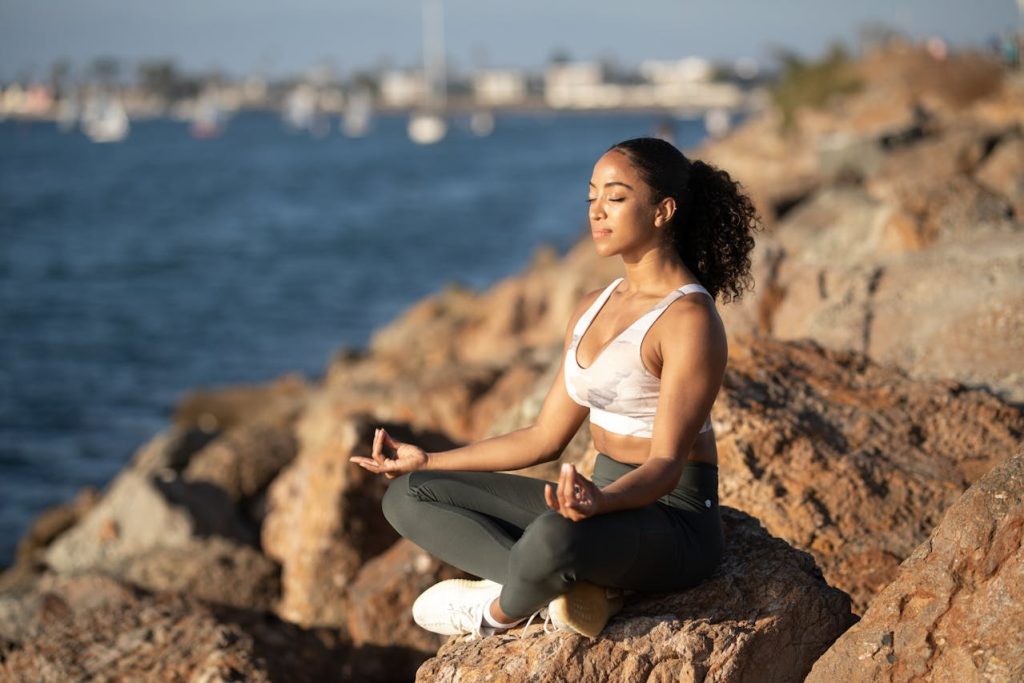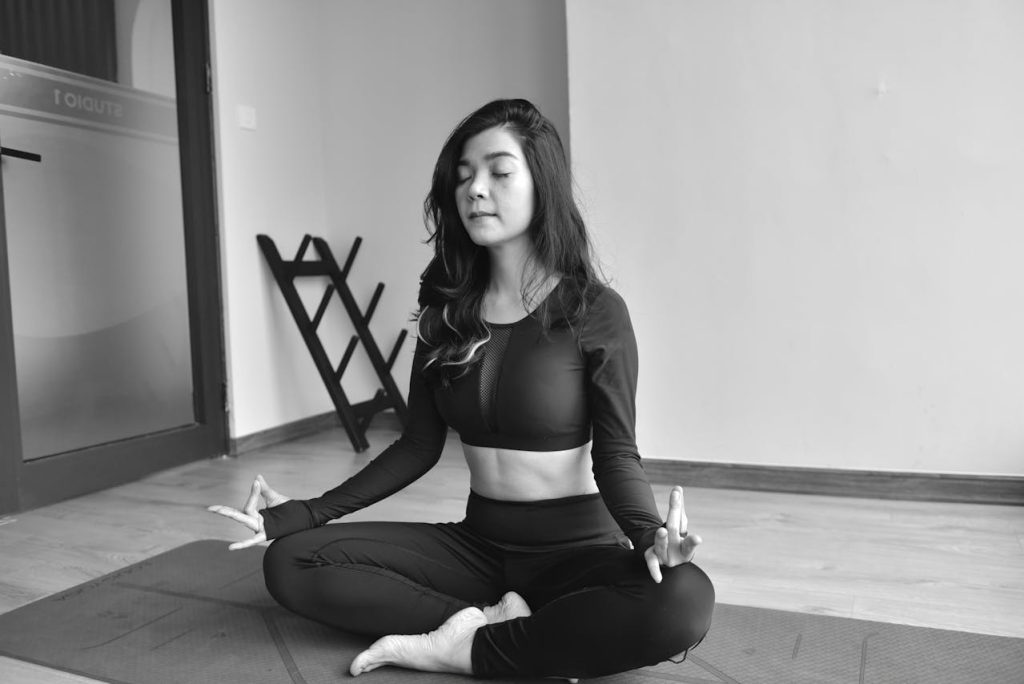Discover how to meditate for anxiety with proven mindfulness techniques. Learn practical tips, benefits, and guided practices to reduce stress and find calm in your daily life.
Overview
In this blog post, readers will learn how to meditate for anxiety using practical, easy-to-follow mindfulness techniques. We will explore the science-backed benefits of meditation for anxiety relief, detailed steps to start your practice, and tips for overcoming common challenges. Whether you’re a beginner or looking to deepen your meditation routine, this guide will equip you with the tools to calm your mind, manage stress, and enhance overall well-being.
How to Meditate for Anxiety: A Complete Guide to Mindfulness and Calm
Anxiety is a common challenge affecting millions worldwide. While there are many treatment options, meditating for anxiety offers a natural, accessible way to reduce symptoms and regain control over your mind. At Mindfulness Meditation Hub, we specialize in guiding people through effective meditation practices explicitly designed for anxiety relief.

Why Meditate for Anxiety?
Meditation has been scientifically proven to help regulate the nervous system and reduce the intensity of anxious thoughts. Here are some key benefits of meditating for anxiety:
- Reduces stress hormone levels
- Improves emotional regulation and resilience
- Enhances focus and mindfulness in everyday life
- Promotes better sleep quality
- Lowers heart rate and blood pressure
- Helps break the cycle of worry and rumination
By practicing meditation regularly, you can train your brain to respond more calmly to stressors, which is essential when dealing with anxiety.
Understanding Anxiety and How Meditation Helps
Anxiety triggers the body’s fight-or-flight response, causing physical symptoms like increased heart rate, sweating, and rapid breathing. Over time, chronic anxiety can negatively impact your health and quality of life.
Meditation helps by:
- Activating the parasympathetic nervous system, which promotes relaxation.
- Encouraging you to observe anxious thoughts non-judgmentally instead of getting caught in them.
- Increasing mindfulness allows you to stay grounded in the present rather than worrying about the future.
These changes in how you relate to anxiety can dramatically reduce its impact.

Step-by-Step Meditation Practice for Anxiety
Here’s a simple meditation technique you can try today to start managing anxiety:
1. Find a Quiet Space
Choose a calm environment where you won’t be disturbed. Sit comfortably with your back straight but relaxed.
2. Focus on Your Breath
Close your eyes and bring your attention to your breath. Notice the sensation of air entering and leaving your nostrils or the rise and fall of your chest.
3. Breathe Deeply and Slowly
Take slow, deep breaths—through your nose for a count of four, hold for four, and exhale through your mouth for six counts.
4. Acknowledge Anxious Thoughts
When anxious thoughts arise, gently acknowledge them without judgment. Imagine them as clouds passing in the sky.
5. Return to Your Breath
Bring your attention back to your breathing each time your mind wanders.
6. Practice for 5-10 Minutes Daily
Start small and gradually increase your meditation time as you feel more comfortable.
Tips to Enhance Your Meditation for Anxiety Practice
- Consistency is key: Meditate daily, even for a few minutes.
- Use guided meditations: Our Mindfulness Meditation Hub offers sessions to ease anxiety.
- Incorporate mindfulness throughout the day: Practice mindful breathing during stressful moments.
- Be patient with yourself: Meditation is a skill that develops over time.
- Combine with other self-care: Physical activity, healthy sleep, and balanced nutrition support anxiety relief.

Common Challenges When Meditating for Anxiety and How to Overcome Them
1. Difficulty Focusing
It’s normal for your mind to wander. Gently redirect your focus back to your breath without self-criticism.
2. Feeling More Anxious
Sometimes, meditation may initially bring anxious thoughts to the surface. Allow these feelings to be present and know they will pass.
3. Impatience for Results
Anxiety relief from meditation builds over time. Regular practice is essential to experience lasting benefits.
Additional Meditation Techniques for Anxiety
Besides breath-focused meditation, consider exploring these approaches:
Body Scan Meditation
This practice involves slowly focusing attention on different parts of your body, releasing tension, and promoting relaxation.
Loving-Kindness Meditation
Cultivate compassion toward yourself and others to reduce feelings of isolation, often associated with anxiety.
Visualization
Imagine a peaceful place or a safe space to mentally escape anxiety triggers.
Why Choose Mindfulness Meditation Hub for Your Anxiety Meditation Practice?
At Mindfulness Meditation Hub, we understand the unique struggles of living with anxiety. Our guided meditations and resources are crafted with care, rooted in mindfulness research, and designed to be accessible for everyone. By meditating for anxiety with us, you get:
- Expert guidance tailored for anxiety relief
- Easy-to-follow meditation formats
- Supportive community and ongoing resources
Join thousands who have found peace and clarity through our programs.
Judgment
Learning to meditate for anxiety is a decisive step toward reclaiming your mental well-being. Regular practice can calm your nervous system, reduce stress, and improve your quality of life. Remember, the journey is gradual but deeply rewarding. Start today with simple breathing exercises and explore the Mindfulness Meditation Hub’s various meditation styles.

